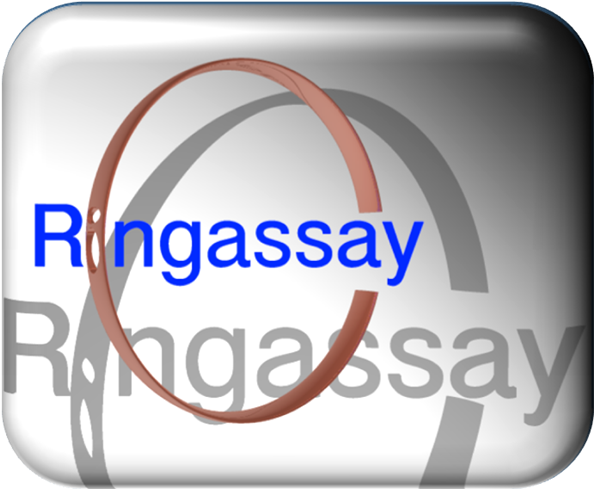|
Ringassay Original publication: Nyffeler J., Karreman C., Leisner H., Kim Y.J., Lee G., Waldmann T. and Leist M. (2016), Design of a high-throughput human neural crest cell migration assay to indicate potential developmental toxicants., ALTEX 34, p75-94, doi: 10.14573/altex.1605031. Abstract RingAssay is a program for evaluating the mobility of cells. It will take photos made with the Cellomics automated microscope as input. With this information the program will calculate cell density as a function of distance from the center, number of cells that moved, average distance covered by these cells and it will also do some primitive shape analysis. Output are multicolored pictures in jpg format and all numeric data in an Excel sheet. Whole 96-well plates are analysed in one run. BEWARE! This program was custom made just for solving the problems of measuring an enormous amount of cell related data in our laboratory. It was programmed for using the formats we use, on our computer setup and with our aims in mind. So it is not as flexible as it could have been. What we use: We use the 96-well format exclusively in all our ring assays. To analyze these we use H-33342 (blue channel) and Calcein-AM (green channel) For the evaluation of the plates we use the automated microscope system of Cellomics (Thermo Fischer), the Arrayscan VTI. The results are exported as 8 pictures per well (four pictures will cover the stopper area and this for the two channels used). Pictures are in TIFF format and dimensions are 512 x 512 pixels. The default naming of the Cellomics software is used. E.g. ARRAYSCANVTI_151212140001_B02f00d1, indicating well (B02), position of photo (f0= bottom left) and channel (d1 = green). The RingAssay program uses only this part of the name to determine whether a photo is present. Should you use the program to evaluate photos from an other source, you should name your pictures similarly. All pictures of a plate must be saved in one folder. Not all wells have to be used. The output can be directed directly to Microsoft Excel - this program has to be installed on the computer in order to use this feature. Browse the handbook Download the program and handbook Go to the Overview of our programs. |

|